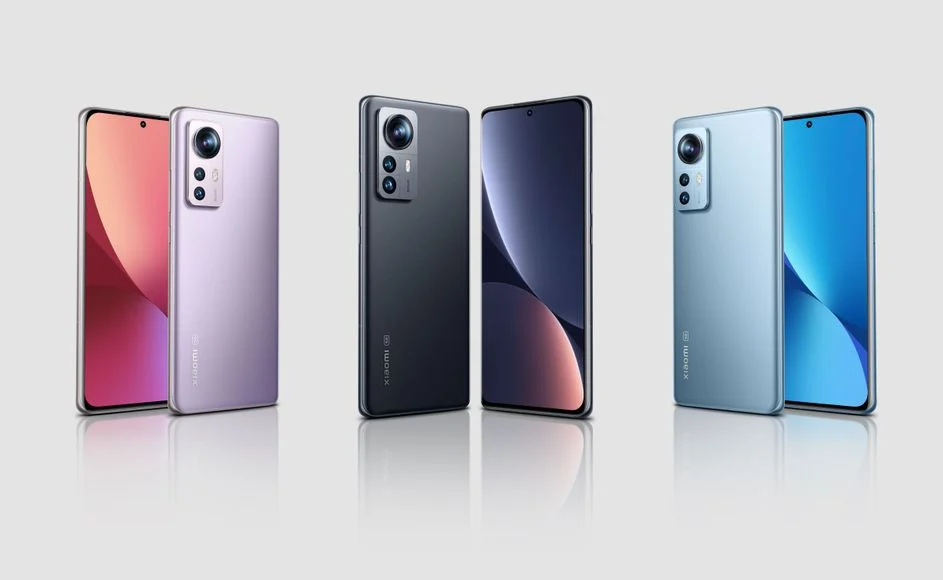
Ever wondered how Xiaomi has been able to survive after selling nearly 60 million smartphones last year at nearly their manufacturing cost? The company’s VP of International, Hugo Barra, has revealed the reason behind how Xiaomi is able to achieve this in an interview with Techcrunch.
As explained by Barra, Xiaomi is able to offer devices at lower prices than their competitors because of a fewer number of products in their portfolio and the longer average selling time of their devices. By offering products for sale on a longer time, the Chinese company is able to secure a better deal with component suppliers. Barra gave the example of the Mi2 and Mi2 handsets, which are essentially similar handsets and have been on sale for nearly 26 months now.
“The vast majority of the components [in our devices] are still the same, so in terms of supply chain and component sourcing, we’re on the same supply contracts as Redmi 1, which means we’re still getting the same discounts on components,” he explained. “We can continue to ride the cost curve, so the importance of having a very small portfolio is significant — the fact that we only launch a few products each year, and (the fact that) we only have two product families.”
Barra further revealed that Xiaomi is able to offer older models at even lower costs after their successors are released because it is able to negotiate deals with its suppliers where the prices of the components reduces over a period of time. Since this leaves the company with a bigger profit margin that they’d like, they offer the product at a reduced price.
Committing to devices 2-3 years after their launch is not an easy feat though. Xiaomi has to regularly roll out software updates and keep stock of spare parts for these devices. This is a stark contrast to the majority of other Android OEMs out there, including Samsung, which drops support for its mid-range devices less than a year after their launch.
It was only last week that the Chinese company unveiled its first $500+ smartphone — the Mi Note Pro.
[Via Techcrunch]
















